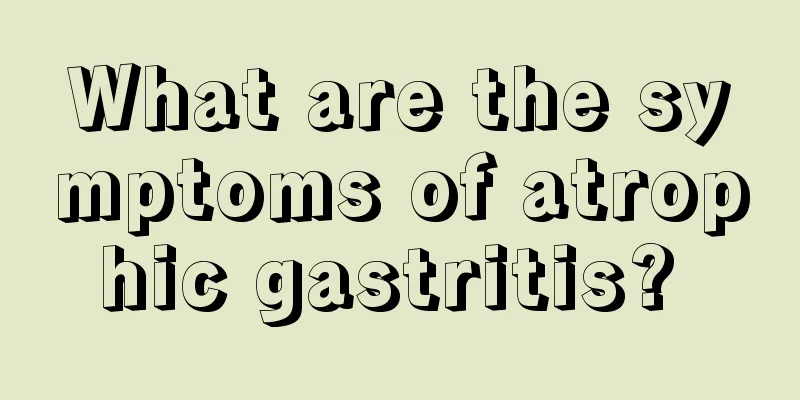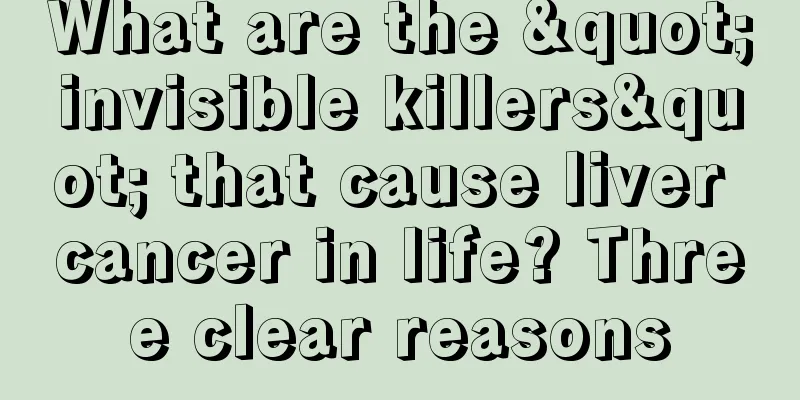Grading and treatment of pulmonary hypertension

|
Pulmonary hypertension can be divided into different levels. Patients with stage I pulmonary hypertension are not restricted in physical activity, and general activities will not cause shortness of breath, fatigue, chest pain, and headache. However, patients with stage II pulmonary hypertension are prone to symptoms of shortness of breath. 1. Grade I: Patients have pulmonary hypertension but are not restricted in physical activity Normal physical activity does not cause dyspnea, fatigue, chest pain, or dizziness 2. Grade II: Patients have pulmonary hypertension and mild limitation of physical activity Resting is not uncomfortable, but general physical activity may cause dyspnea, fatigue, chest pain, and dizziness 3. Grade IV: Patients have pulmonary hypertension and any activity can cause symptoms Signs of right heart failure, including dyspnea and/or fatigue at rest, which may be evident with minimal physical activity 4. Treatment of pulmonary hypertension includes: a. Appropriately adjust your daily physical activities. It is not clear whether physical activity can slow the development of pulmonary hypertension, but the intensity of physical activity should be appropriate for patients without experiencing symptoms (such as dyspnea, syncope, and chest pain), and activities should be avoided after meals and in high or low temperatures. Appropriate adjustments to daily activities can improve quality of life and reduce the occurrence of symptoms. b. Avoid going to high altitude areas. Hypoxia can aggravate pulmonary vasoconstriction in patients with pulmonary hypertension. The altitude of 1500 to 2000 meters is a mild low-pressure hypoxic area. Therefore, patients should be advised to avoid such areas. The environment on commercial aircraft is similar to that at an altitude of 1,500 to 2,500 meters, and patients should be advised to use oxygen while on board. c. Prevent infection. Patients with pulmonary hypertension are prone to lung infections and have poor tolerance. Pneumonia accounts for 7% of total causes of death, so early diagnosis and active treatment are necessary. Influenza and pneumococcal vaccines are recommended. Patients who receive continuous prostacyclin via an intravenous catheter should be alert to catheter infection if they develop persistent fever. |
<<: What fruit is good for nourishing the stomach
>>: What kind of honey is good for nourishing the stomach
Recommend
What is the difference between breast ultrasound and mammography?
Breast color ultrasound and molybdenum target are...
What are the methods of using compressed oxygen self-rescuer
Most people may not be so familiar with the compr...
What are the first aid knowledge to learn?
Today, I would like to introduce to you some know...
What anti-inflammatory medicine should I take for tooth inflammation
Gingivitis is a common symptom, which often cause...
Symptoms of shoulder blade dislocation
The shoulder blade area is a part that is more pr...
How many months can patients with advanced cardia cancer live? Factors affecting the survival period of advanced cardia cancer
Cardiac cancer is a malignant tumor in the digest...
How to use the scalp massage brush
I believe everyone has heard of scalp massage, bu...
Cervical cancer screening methods
The patient lies flat on the examination table, a...
Can you drink freshly squeezed milk?
Many rural families have cows at home. Some wealt...
The hazards of cedar furniture
Nowadays, people's requirements for home deco...
How to terminate pregnancy in early stages
Nowadays, there are many cases of unexpected preg...
Is melanoma a familial genetic disease?
Melanoma is a common malignant skin tumor that is...
Why are there bloodshot eyes_What is the reason for bloodshot eyes
Many people have experienced red bloodshot eyes i...
I fell and my elbow hurts
If you fall and your elbow hurts, you may have a ...
What are some tips for removing dental plaque?
As we all know, dental plaque is the main cause o...









